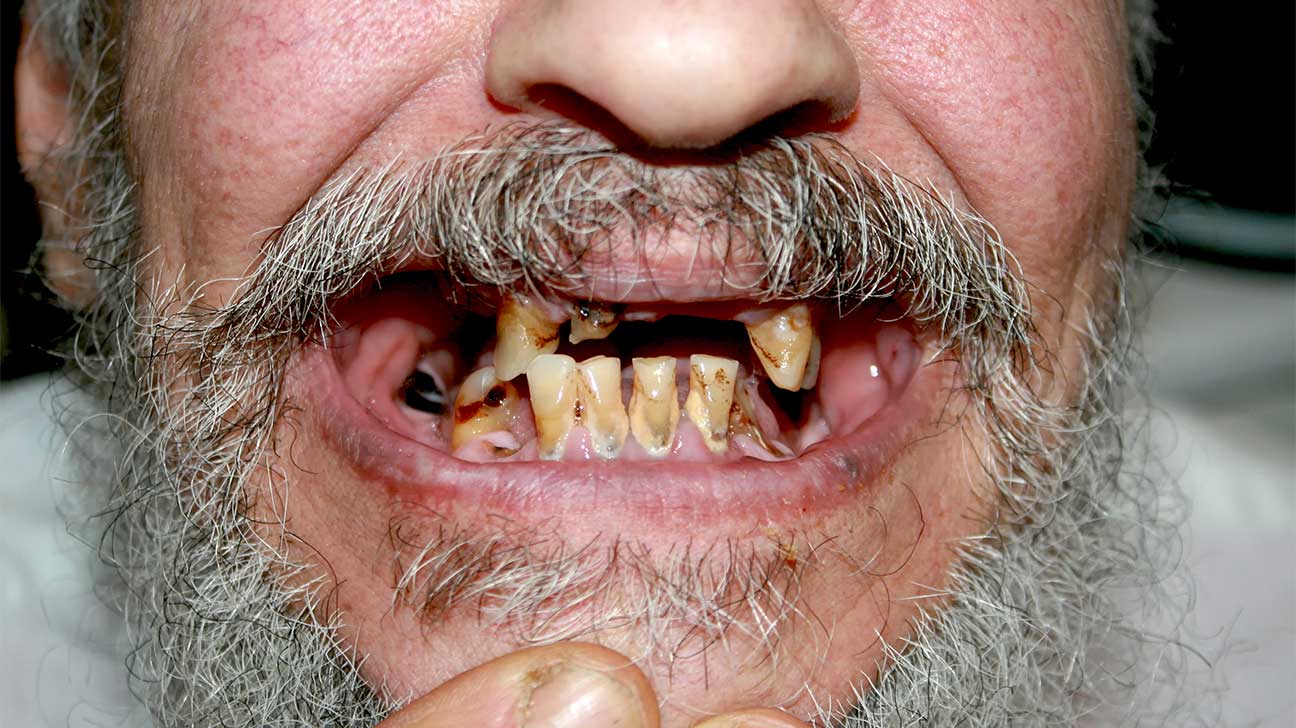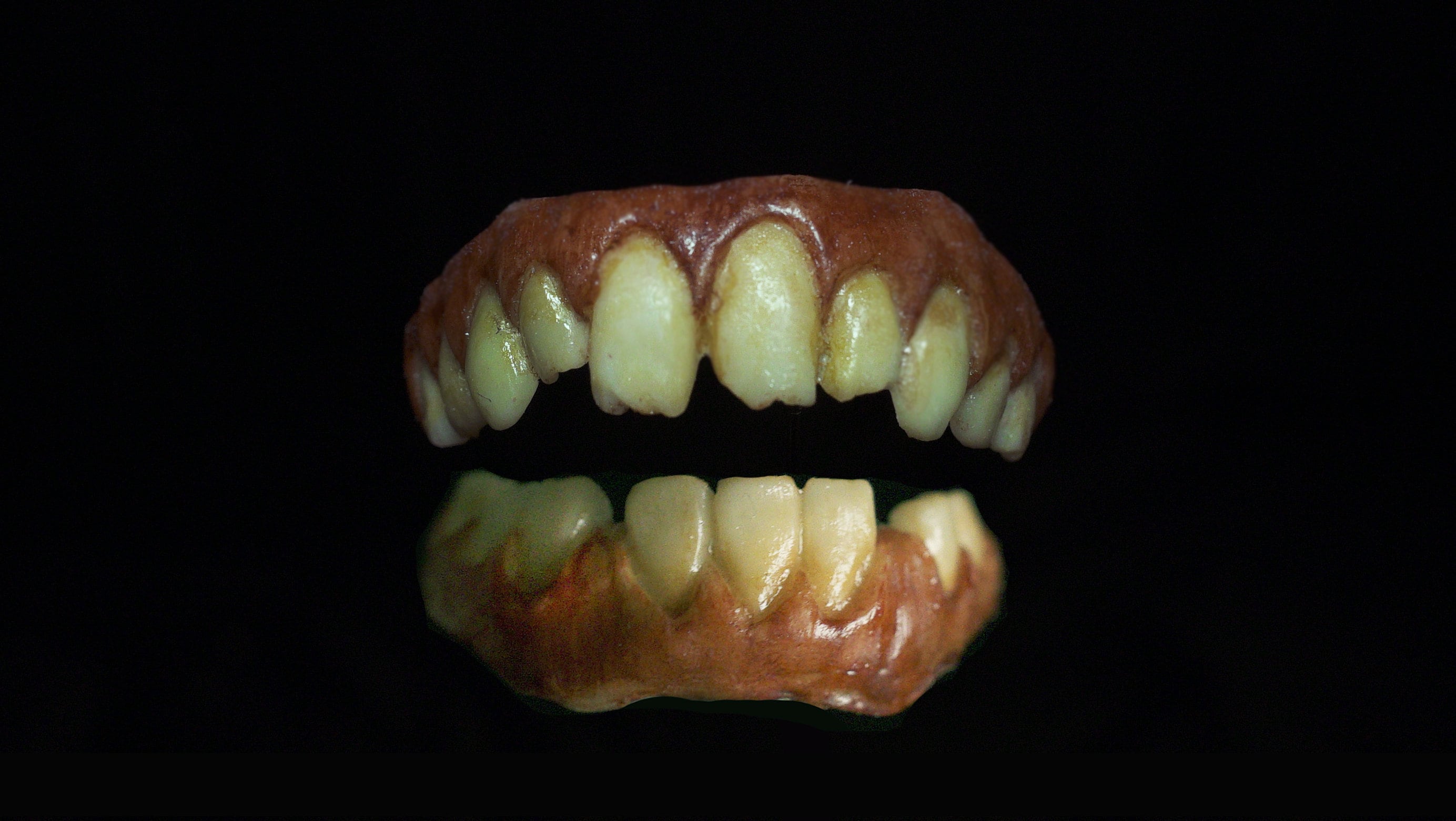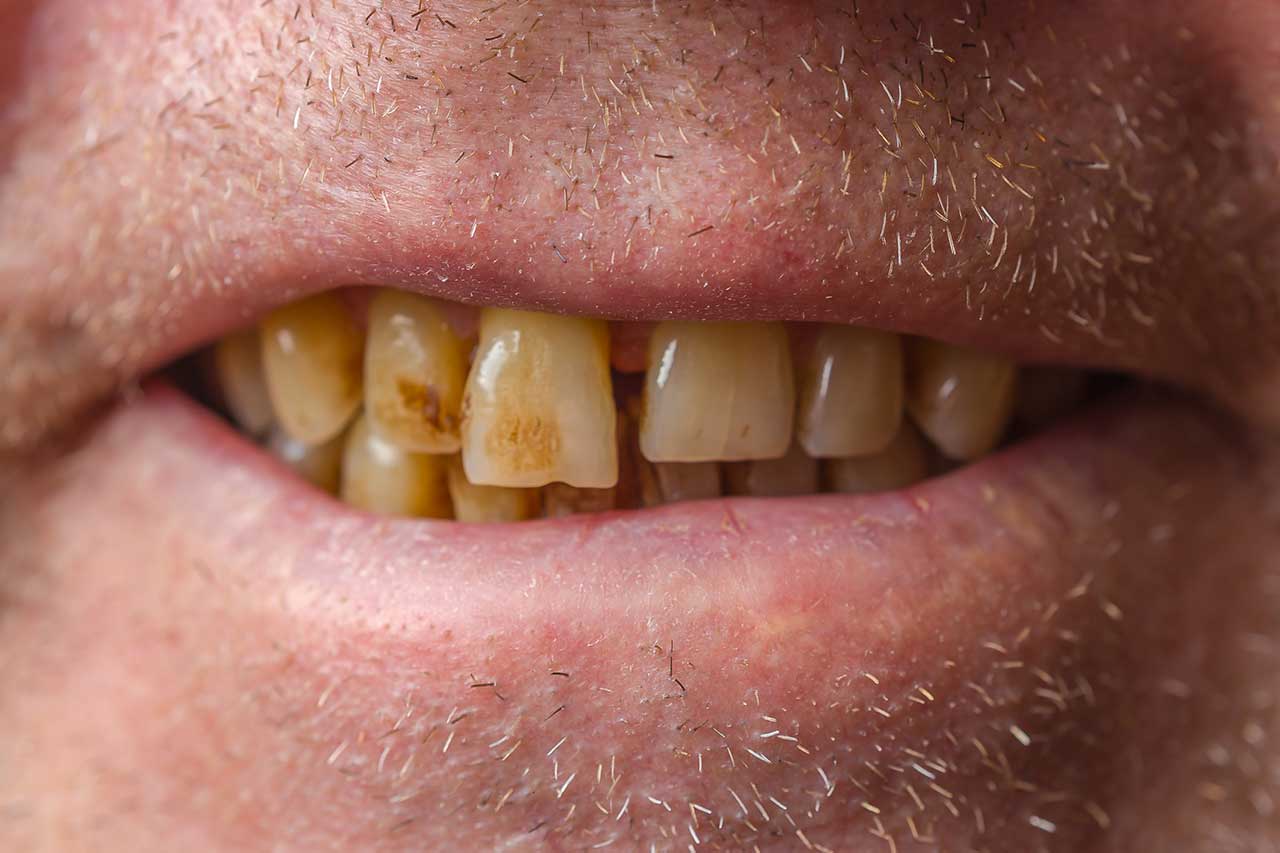Crack head teeth are not just a dental issue; they are a reflection of a lifestyle and choices that many might not fully understand. This term often relates to individuals who engage in substance abuse, leading to serious consequences for their oral health. Tooth decay, broken teeth, and a myriad of other dental problems can arise, creating a cycle that further deteriorates a person's well-being. In this article, we will explore the phenomenon of crack head teeth, delving into the causes, effects, and the societal implications surrounding this issue.
Tooth damage linked to drug use has profound implications beyond just aesthetics. It can lead to severe health problems, affecting one's ability to eat, speak, and engage socially. Yet, the conversation surrounding crack head teeth often gets overshadowed by stigma and misunderstanding. It's crucial to shed light on the realities of this situation, as it impacts not only the individuals but also their families and communities. By understanding the causes and consequences of crack head teeth, we can foster empathy and support for those affected.
In this article, we will also address the common misconceptions about individuals with crack head teeth. Are they simply irresponsible, or is there a deeper story behind their struggles? We will provide insights into the psychological and social factors that contribute to substance abuse, as well as potential paths to recovery and rehabilitation. Join us as we navigate through the complexities of crack head teeth and the lives they touch.
Read also:Exploring The Depths Of The American Conservative A Comprehensive Insight
What Are Crack Head Teeth?
Crack head teeth refer to the damaged teeth often seen in individuals who abuse crack cocaine and other substances. The high acidity of these drugs can cause significant dental erosion, leading to broken, decayed, or missing teeth. This condition is a visual representation of the toll that substance abuse takes on the body, particularly the mouth.
How Does Substance Abuse Affect Oral Health?
Substance abuse can lead to various oral health issues, including:
- Severe tooth decay
- Gum disease
- Tooth loss
- Oral infections
- Changes in salivary flow
- Increased risk of oral cancer
Why Do Crack Users Experience Dental Problems?
The reasons behind dental problems in crack users are multifaceted. Some contributing factors include:
- Poor dietary choices, often leading to high sugar intake.
- Neglect of dental hygiene due to lifestyle choices.
- Reduced saliva production, which is essential for neutralizing acids in the mouth.
- Increased craving for sugary substances to counteract the drug's effects.
Who Are Some Notable Individuals with Crack Head Teeth Issues?
While many may not want to highlight their struggles with substance abuse, a few public figures have been open about their dental health challenges. Understanding their stories can provide insight into the broader narrative of crack head teeth.
Biography of a Notable Individual
| Name | Date of Birth | Known For | Struggles with Substance Abuse |
|---|---|---|---|
| Charlie Sheen | September 3, 1965 | Actor | Open about addiction to crack and its impact on his health and career |
How Did Charlie Sheen’s Substance Abuse Affect His Teeth?
Charlie Sheen has been candid about his struggles with addiction, which have unfortunately affected his oral health. Reports indicate that he has experienced significant dental issues related to his drug use, reflecting the reality that many face when battling addiction. His case serves as a cautionary tale of how crack head teeth can symbolize a larger fight against substance abuse.
What Are the Societal Implications of Crack Head Teeth?
Crack head teeth are not merely a personal issue but a societal one. The stigma surrounding individuals with visible dental problems can lead to discrimination and isolation. It's essential to understand the broader context of addiction and its effects on community health.
Read also:Exciting Adventures At Flatiron Crossing A Shoppers Paradise
How Can Society Support Those Affected by Crack Head Teeth?
Supporting individuals with crack head teeth involves:
- Promoting awareness and education about substance abuse.
- Encouraging dental care access for underserved populations.
- Providing resources for addiction recovery and rehabilitation.
- Fostering a non-judgmental environment that allows for open discussion.
What Role Does Dental Care Play in Recovery?
Dental care is a critical component of recovery for individuals with crack head teeth. Restorative dental procedures can not only improve one's appearance but also boost self-esteem and confidence. This newfound confidence can play a significant role in the recovery process, encouraging individuals to pursue healthier lifestyles and reintegrate into society.
What Can Be Done to Prevent Crack Head Teeth?
Preventing crack head teeth starts with education and early intervention. Here are some strategies that can help:
- Implementing educational programs on the dangers of substance abuse in schools.
- Providing resources for mental health support to address underlying issues.
- Encouraging open conversations about drug use in communities.
- Promoting healthy lifestyles and coping mechanisms.
In conclusion, crack head teeth are more than just a dental issue; they are a reflection of the challenges faced by individuals struggling with addiction. By understanding the implications of this condition and the societal factors surrounding it, we can foster compassion and support for those affected. Through education, awareness, and access to care, there is hope for recovery and a brighter future.


